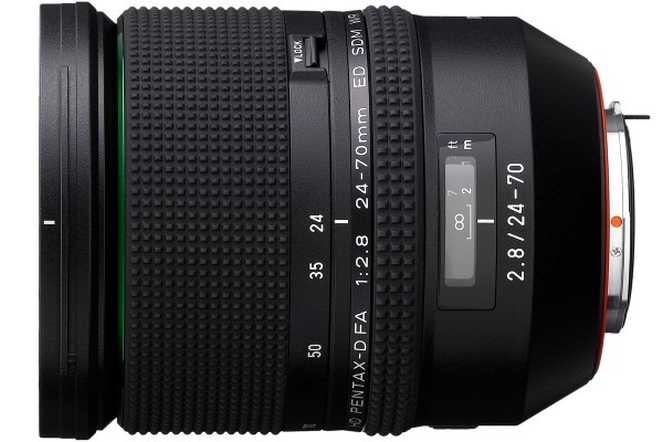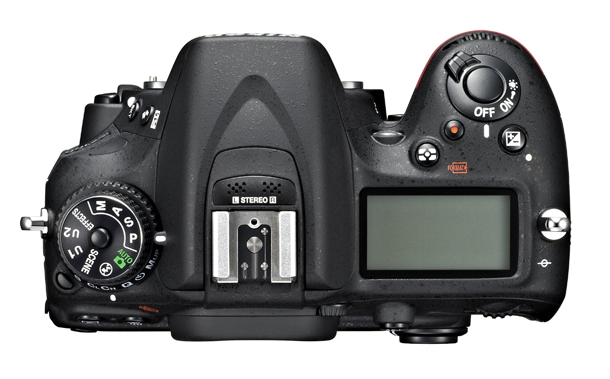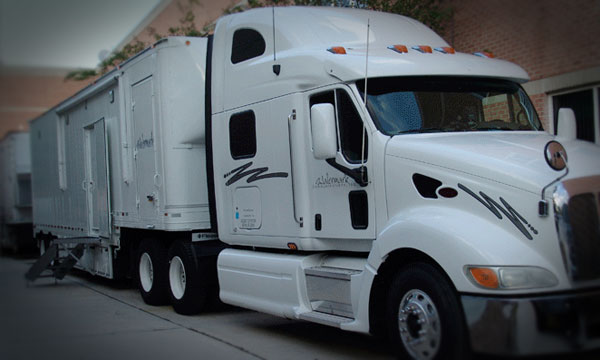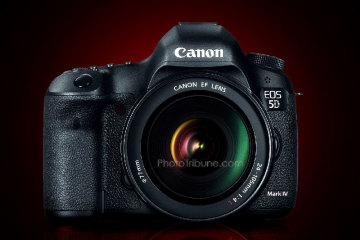One of the highlights at the Consumer Electronics Show 2015, for photograhers, is the new Nikon 300mm f/4E lens. The lens is groundbreaking simply because it is a top performer but in a small package. The MTF chards indicate it’s also a better performer, producing sharper images. As you’d expect with any new high-end lens, it also has the latest in lens crafting with an asymmetrical element and the latest in glass coating. The full name of the lens is actually Nikkor AF-S 300mm f/4E PF ED VR. Additional features indicated by the manufacturer are A/M, IF, M/A, SWM, SIC.
Breakdown of the initials:
E = electromagnetic diaphragm. Basically it will change apertures faster.
PF = Phase Fresnel. A fancy new piece of glass that aids in reducing the lens’s size and weight, while keeping it tack sharp and with a lot of contrast.
ED = Extra-low dispersion glass. Another piece of fancy glass element that keeps weight down and color fringing and distortion out.
VR = Vibration Reduction system. A module that corrects camera shake, for sharper pictures while not on tripod. In this lens it can compensate for up to 4 stops of light.
M/A = Autofocus override. You can readjust focus manually while in AF mode.
A/M = Previous function can be switched off, so you don’t ruin your focus by mistake.
IF = Internal Focusing. Focus is achieved using only glass elements inside. No big chunky metal components are moved. It makes it faster and more silent.
N = Nano crystal coating. Reduces flair by using tiny crystals sprinkled onto several glass elements.
SWM = Silent Wave Motor. Space age technology that moves focus trough ultrasonic vibrations rather than gears. It makes it faster to focus and more accurate.
SIC = Super Integrated Coating. It’s a marketing term for multiple glass element coatings.
It’s a long list of initials and acronyms. It basically means complicated marketing for a superior lens in many ways. They are listed to show you why you are paying $2000 for the Nikon 300mm f/4E. But tack-sharp images, with faster autofocus, less image distortion, all this in half the weight and 2/3rds the lenght should be reason enough. The old Nikon 300mm f/4 is cheaper, at $1400, nearly a third cheaper, but also longer, bulkier, heavier and doesn’t incorporate all the new Nikon advancements in lens technology.
The Nikon 300mm f/4E comes with a lens case and a bayonet lens hood. For the price, we wouldn’t expect any less. There have been many lens upgrades from both Canon and Nikon – the top dogs in the DSLR market. The higher megapixels and need for faster focusing, ever more perfect pictures demanded it. But now, with the mirrorless camera manufacturers eating into the DSLR market, the pressure is on for smaller more convenient gear. It’s the reason why every new DSLR is smaller than its predecessor, often times, size and convenience being the main reason for choosing a mirrorless camera. The one place where the DSLR still rules is the AF speed and accuracy. Nothing has matched it yet. Combined with very low shutter lag and advanced tracking systems, it’s unbeaten in sports and event photography. Any situation where you must capture the decisive moment, the DSLR is still your best bet.
The continuing innovation of the DSLR manufacturers ensure the Nikon 300mm f/4E is a great new product to have. The megapixel race doesn’t seem to end soon, on the contrary, it seems to leap forward. If you don’t yet have the 300mm range covered, this is an ideal purchase. Even though it might be pricy, you do get what you pay for, and that is: the most compact professional 300mm lens.






